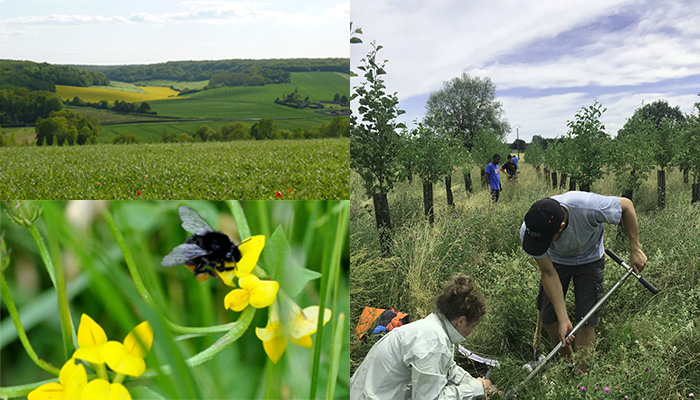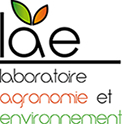Axe 2 : Functional interactions from plot to landscape
The aim of this axe 2 is to understand and modulate the functional interactions underlying regulation services and to study the effect of agricultural practices and the landscape on these interactions and services.
The services studied are the supply of mineral elements (particularly nitrogen and sulphur), pollination and biological control. This area is part of the challenge of the agro-ecological transition of agricultural production systems, involving both the lever of plant diversity and the introduction of biosolutions to reduce synthetic inputs while increasing the efficiency of natural resource use.
Our research questions are divided into two parts. The first aims to characterise the effects of diversity on plant-plant, plant-insect, plant-microbiota interactions and regulatory services. The second aims to identify the relationships between the determinants that enable each service to be maximised, the synergies between services and agricultural production with a view to reducing synthetic inputs.
Our approach concerns various agricultural production systems: arable crops, permanent grasslands, agroforestry systems and vineyards. To this end, we are working on a variety of systems such as the Bouzule Agro-TCR platform, the Haroué experimental farm, networks of farmers' plots, in particular in conjunction with the Regional Nature Parks (Lorraine, Vosges) and the Lorraine CEN, chambers of agriculture and the Sustainable Environment Observatory (ANDRA).
Mots-clés : In situ data acquisition, functional traits, biotic interaction networks, agricultural practices, landscape structure, regulation services, plant diversity.
This research area comprises 14 permanent staff and 5 contract staff: 10 teacher-researchers or engineers, 4 assistant engineers or technicians, 5 doctoral or post-doctoral students.



